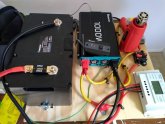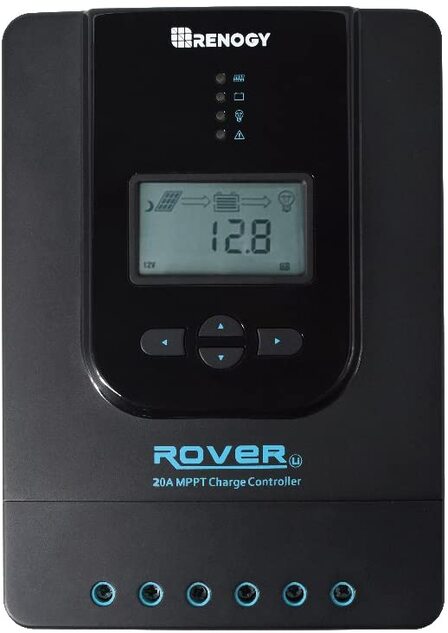With a 1500 watt heat gun there is really no question at all why the breaker is tripping.

www.nemasurge.org
Switching of Electrical Loads
The switching (on and off) and operation of certain electrical loads – whether due to intentional or unintentional operations – can be a source of surges in the electrical system. Switching surges are not always immediately recognized or disruptive as larger externally generated surges but they occur far more frequently. These switching surges can be disruptive and damaging to equipment over time. They occur as part of every day operations.
Sources of switching and oscillatory surges include:
- Contactor, relay and breaker operations
- Switching of capacitor banks and loads (such as power factor correction)
- Discharge of inductive devices (motors, transformers, etc.)
- Starting and stopping of loads
- Fault or arc initiation
- Arcing (ground) faults
- Fault clearing or interruption
- Power system recovery (from outage)
- Loose connections









